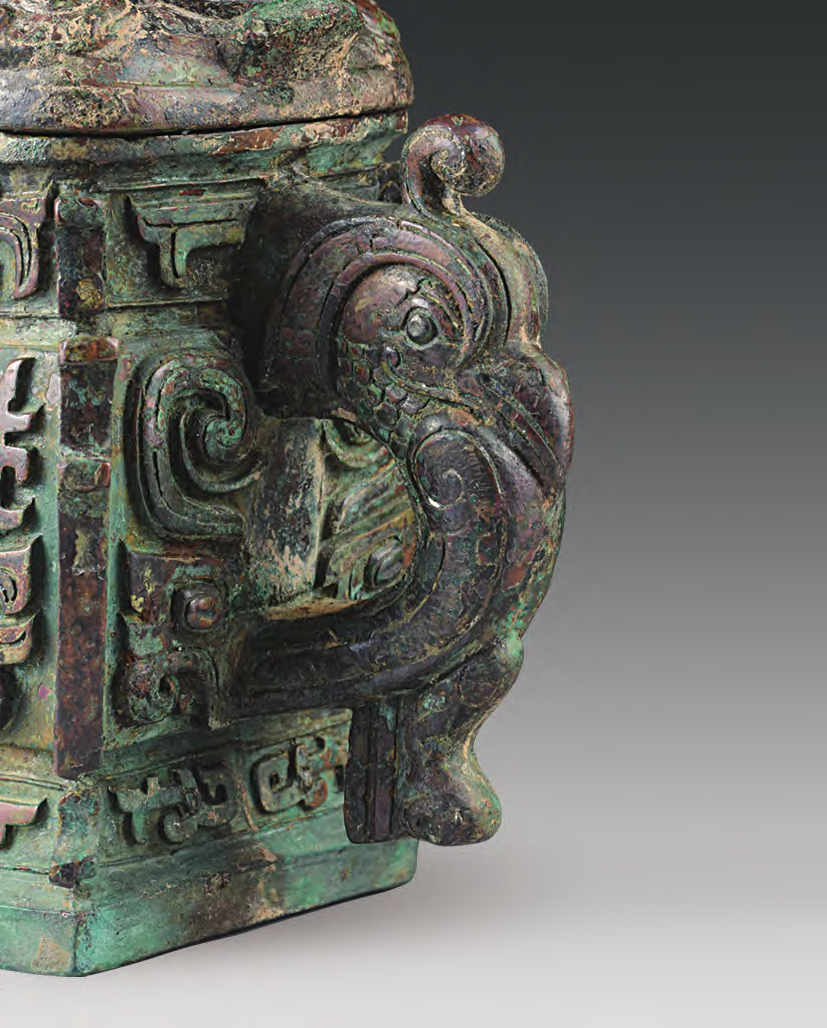
The Peng State, a vassal state during the Western Zhou Dynasty, is completely undocumented in historical documents. Its existence, culture, and history have only been brought to light thanks to modern archaeological discoveries. On September 17th, the Shanxi Provincial Institute of Archaeology officially released excavation data from Cemetery M1006 at Hengshui in Jiangxian County, Shanxi Province, confirming that the tomb's occupant was a monarch of the Peng State, dating from the late middle period of the Western Zhou Dynasty. Previously, in 2006, archaeologists discovered a tomb of a Peng monarch at the same site, bearing inscriptions such as "Peng Bo" and "Peng Bo Zha Bi Ji Bao Lu Ding."
This discovery provides important materials for further revealing the little-known state of Bi in history, and also provides precious physical evidence for studying the politics, culture, rituals and marriage relations of the vassal states during the Western Zhou Dynasty.

Detail of a bronze goblet (M1006:107) unearthed from the tomb of the king of the state of Bi
The discovery of the Bi State stemmed from a tomb robbery in April 2004. Tomb robbers stumbled upon the ancient cemetery in Hengbei Village, Hengshui Town, Jiang County, Yuncheng City, Shanxi Province. Subsequently, the Shanxi Provincial Institute of Archaeology (now the Shanxi Provincial Academy of Archaeology), in collaboration with local cultural relics authorities, conducted a rescue excavation of the cemetery from late 2004 to 2007. In 2006, while cleaning artifacts from Tomb M1011, archaeologists discovered inscriptions such as "Bi Bo" and "Bi Bo Zha Bi Ji Bao Lu Ding" among eight bronze artifacts. Experts confirmed that the two tombs belonged to Bi Bo, the king of the ancient Western Zhou state, and his wife, who lived approximately 3,000 years ago and were descendants of King Mu of the mid-Western Zhou Dynasty.
Specifications of the King's Tomb
According to the Shanxi Provincial Institute of Archaeology, the newly announced tomb, M1006, dates to the late middle period of the Western Zhou Dynasty. It is a rectangular, east-west-oriented vertical pit earthen tomb located in the Hengshui Cemetery in Jiangxian County, Shanxi Province. Two postholes were discovered on the east side of the tomb entrance. The burials consisted of one coffin and two coffins, highlighting the noble status of the tomb occupant. The occupant, a man approximately 40 years old, lay with his head facing west and his limbs stretched out.
Particularly striking is the discovery of three human sacrifices within the tomb—two adolescents aged 13-14, and one an adult woman. A chariot and horse pit (CH102) was also found to the east of the tomb. The entire tomb unearthed a staggering 1,007 funerary objects, encompassing five major categories: bronze, pottery, jade, bone, and clamware. The collection is comprehensive and diverse, making it a veritable "underground treasure trove of cultural relics."
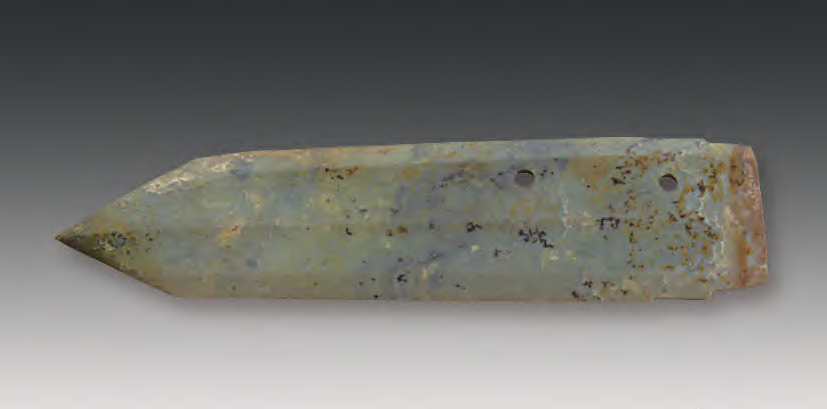
Jade Spear
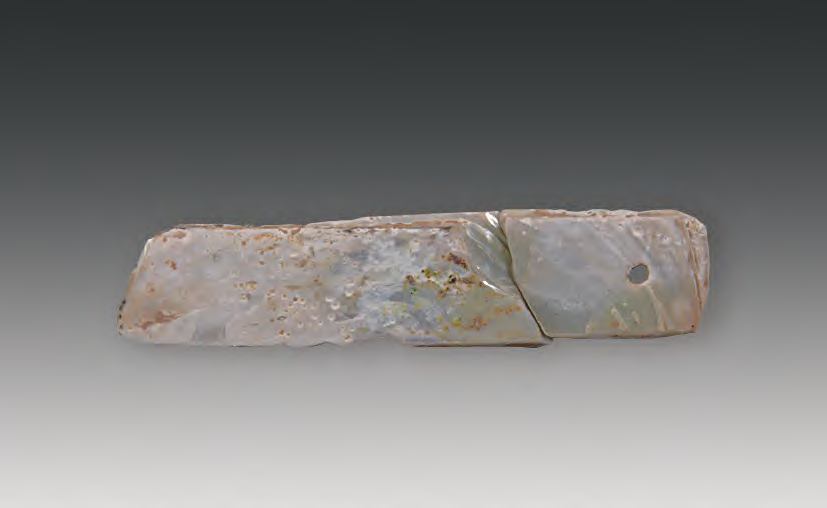
Bangzhang
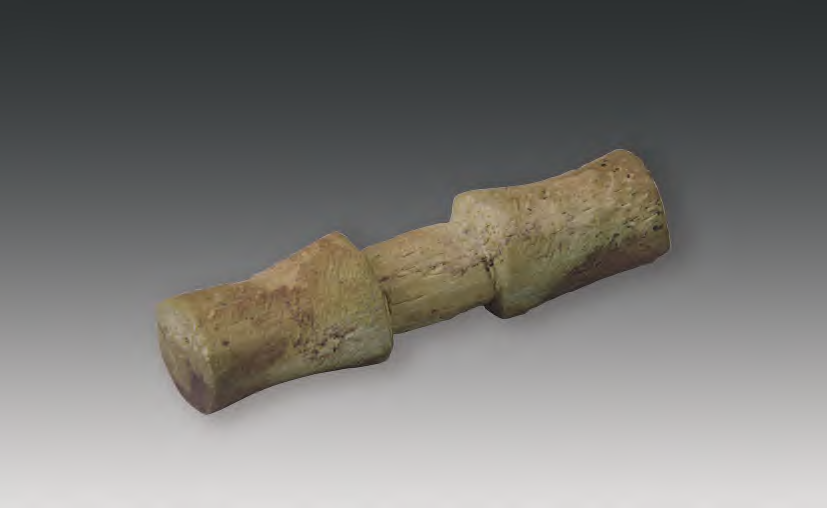
Bone buckle
Combination of bronze ritual vessels
The composition and dating of the bronze ritual vessels in M1006 are particularly noteworthy. The food vessels consist of three tripods, three gui vessels, and one yan vessel; the water vessels consist of one plate and one he vessel; and the wine vessels include two jue vessels, two zhui vessels, one gu vessel, one zun vessel, one pot, one fangyi vessel, and one gong vessel. The variety and clear design of the vessels are remarkable.
Archaeologists discovered that these bronze ritual vessels were not cast in the same period, but spanned the early and middle stages of the Western Zhou Dynasty:
The early Western Zhou Dynasty vessels include two jue, one gu, and one yan, which are similar in shape to similar vessels unearthed in Chang'an, Shaanxi, Suizhou, Hubei, and other places.
Artifacts from the middle period of the Western Zhou Dynasty constitute the majority, and can be further divided into early and late periods, including tripods, gui, he, plates, pots, zhi, zun, fangyi, gong, etc., which are similar to the standard types unearthed in many places such as Fufeng, Shaanxi and Luoyang, Henan.
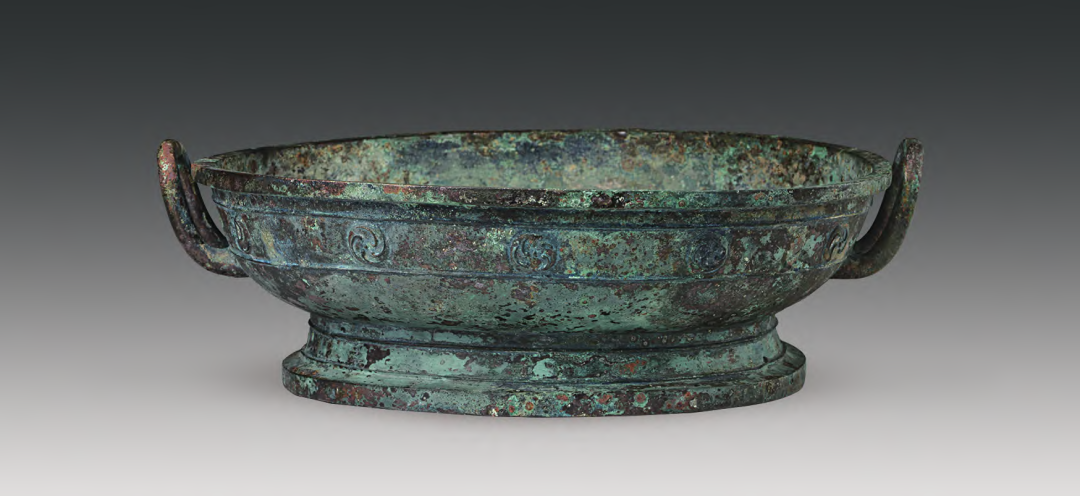
Copper plate (M1006:20)
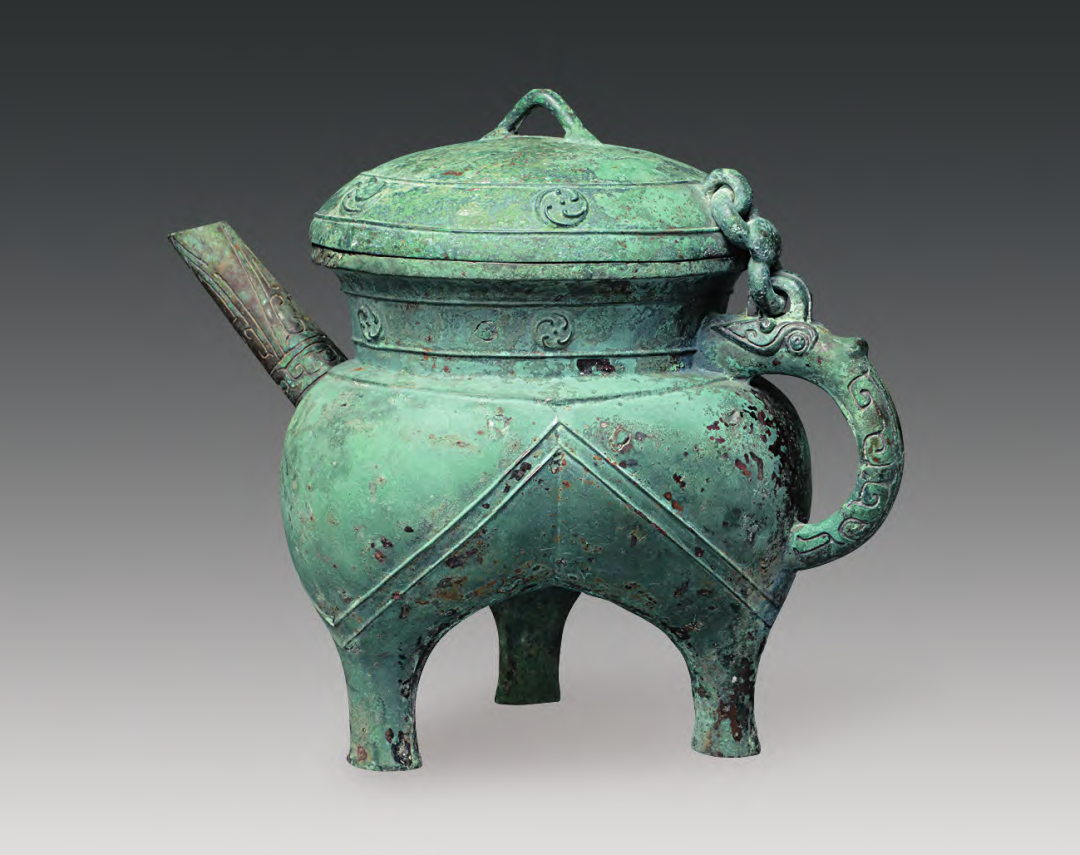
Bronze tripod (M1006:21)
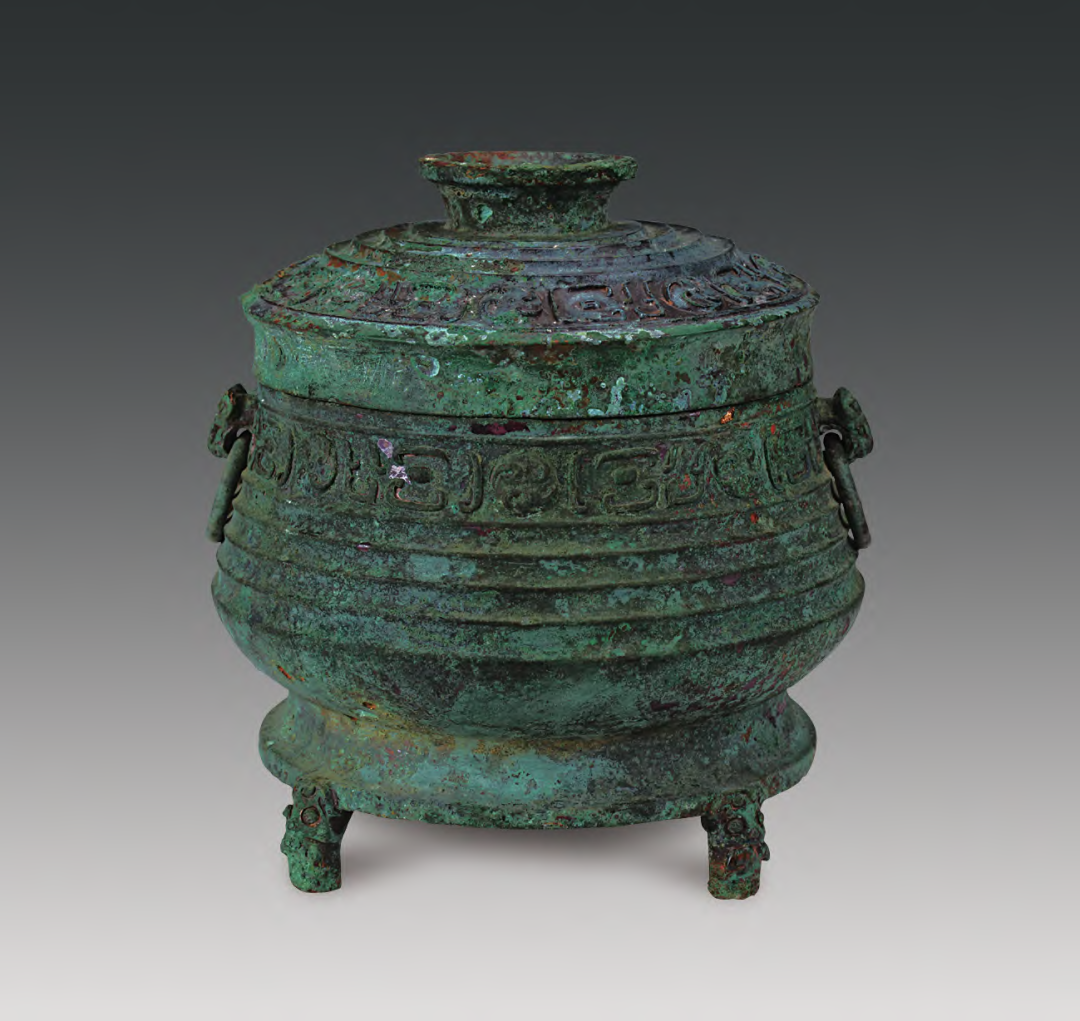
Bronze Gui (M1006:66)
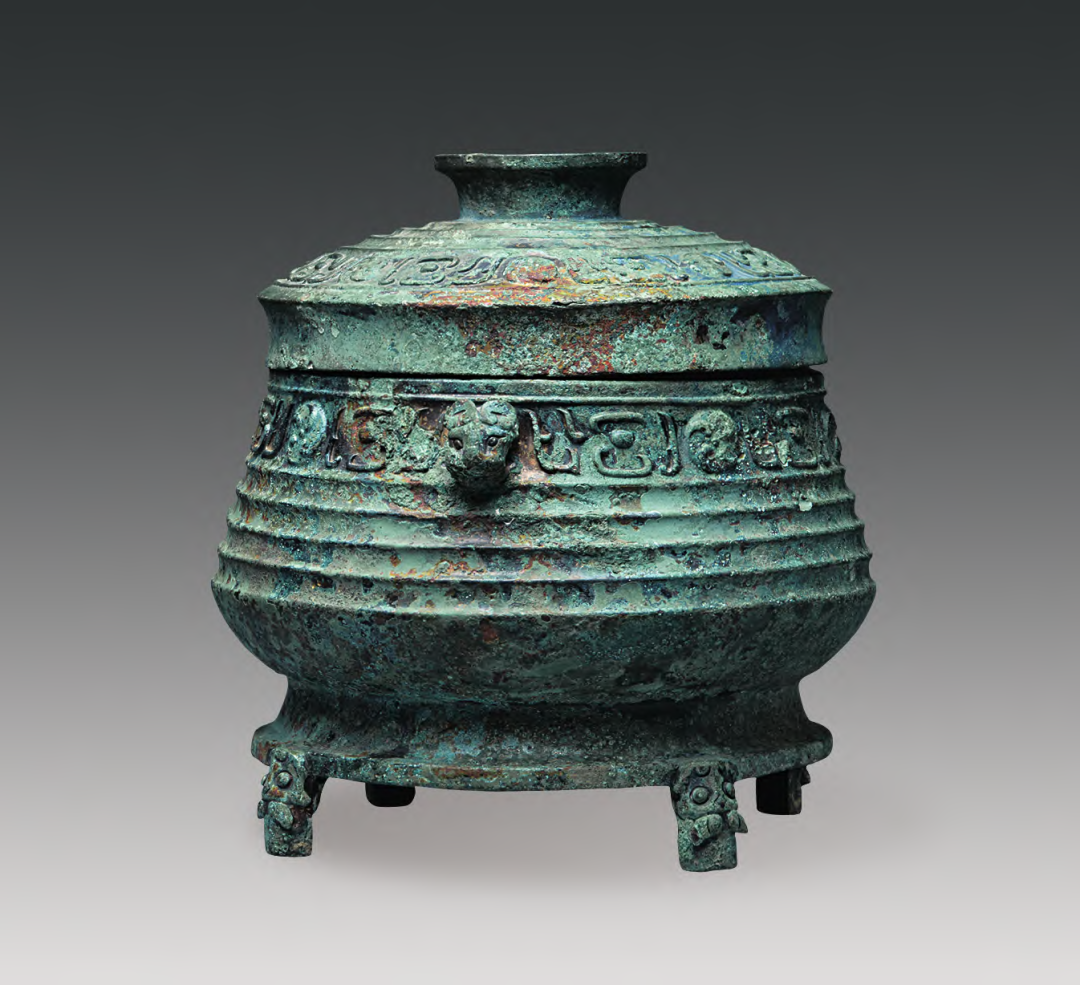
Bronze Gui (M1006:122)
Among them, three sets of bronze wares are particularly special: two gui (M1006:66, 122), a plate and a he (M1006:20, 21), and three square yi, zun, and gong (M1006:105, 107, 121), which were cast in the same batch.
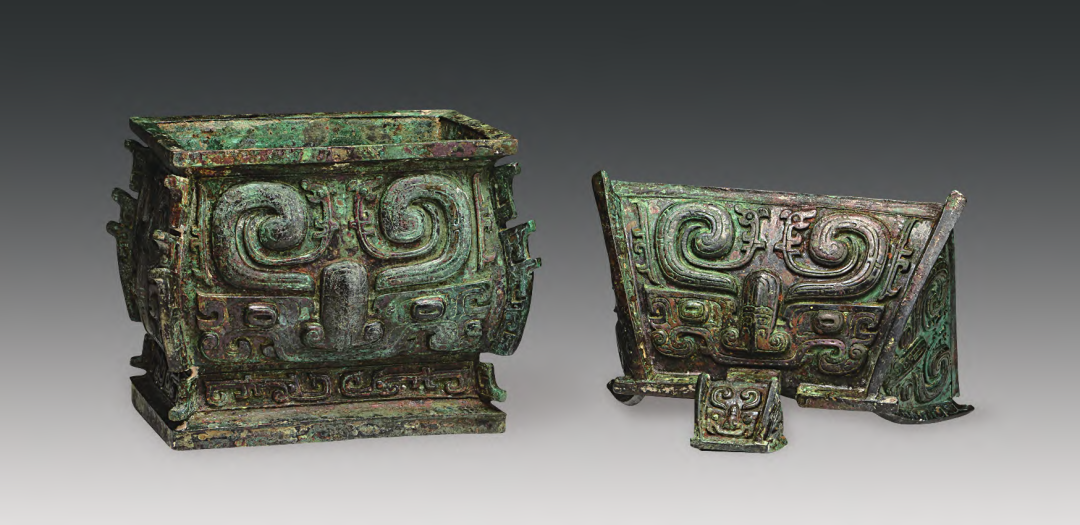
Bronze Square Yi (M1006:105)
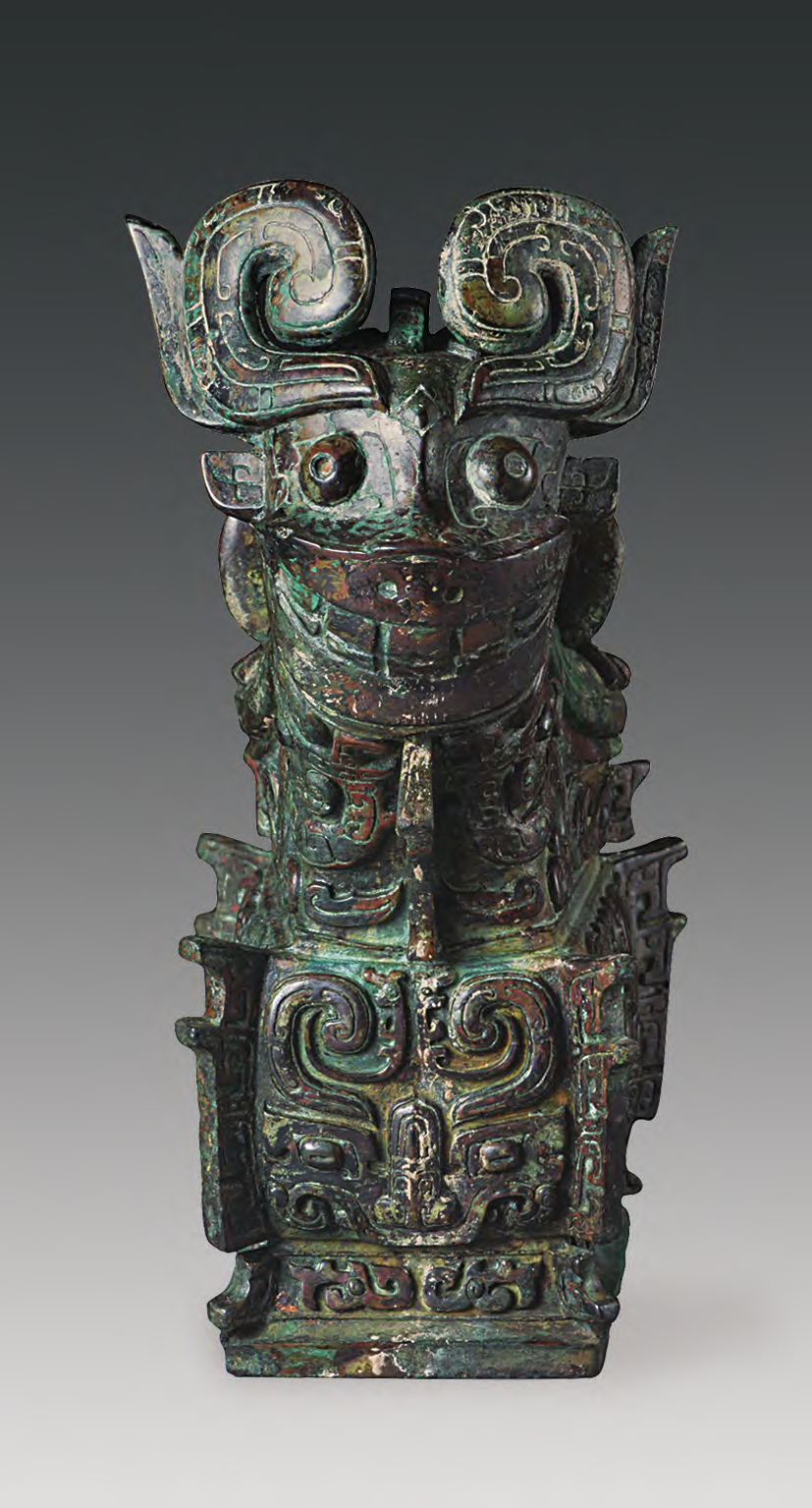
Bronze goblet (M1006:107)
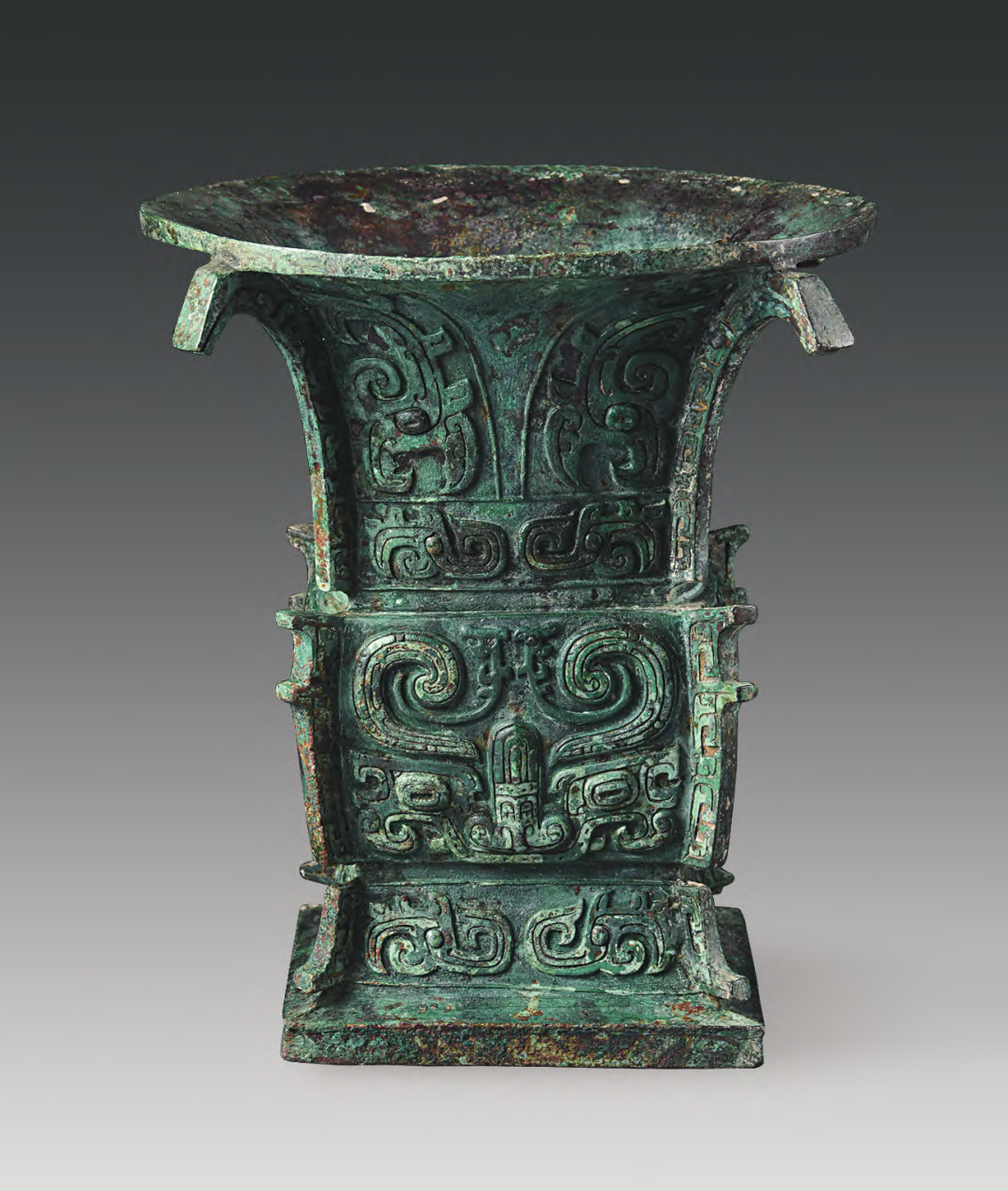
Bronze vessel (M1006:121)
Why is it determined that the tomb owner is the king of the State of Bi?
Archaeologists used the method of "internal comparison" to compare it with the confirmed tomb M1011 of the king of the state of Bi in the Hengshui cemetery:
1. In terms of the total amount of burial objects, M1006 is richer than M1011;
2. In terms of the configuration of the core ritual vessels, tripods and gui, representing social status, M1006 has three tripods and three gui, while M1011 has three tripods and two gui, with the former being slightly taller.
3. The burial objects are all one outer coffin and two coffins, with pillar holes and chariot pits on the east side of the tomb;
4. The only significant difference is that M1011 has a tomb passage, while M1006 does not. However, the consensus among archaeologists is that the presence of a tomb passage is not the most important indicator of the rank of a Western Zhou tomb.
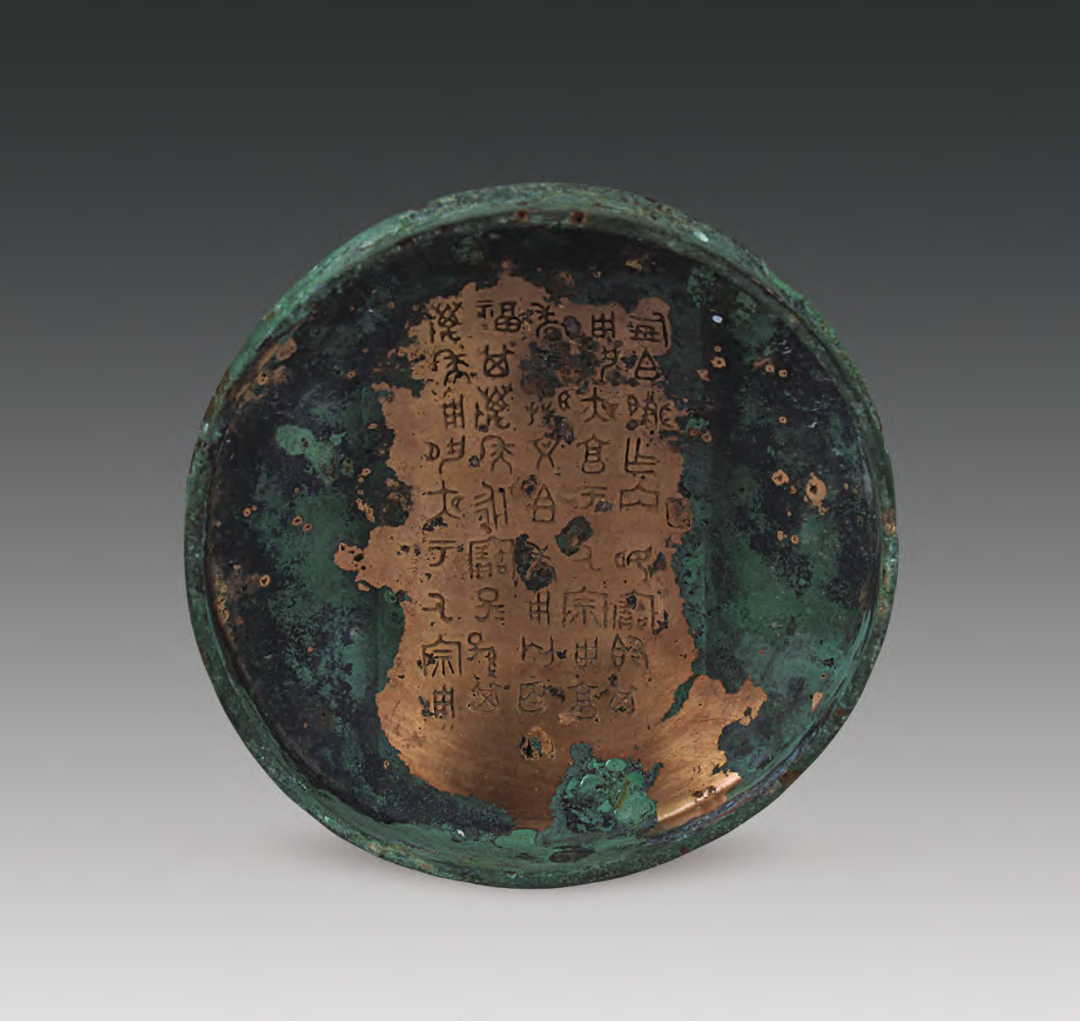
Inscription on the lid of a bronze gui (M1006:66)
Therefore, the occupant of Tomb M1006 was of the same rank as the occupant of Tomb M1011, likely a monarch. This, coupled with the inscriptions on artifacts such as the bronze gui (M1006:66) unearthed from M1006, ultimately confirms that this is the tomb of a monarch of the state of Bi.
The inscription reveals the secrets: the two countries of Rui and Bi have been intermarried for generations
Among the artifacts unearthed from M1006, the inscriptions are extremely important, providing direct textual evidence for understanding the foreign relations of the State of Bei.
The inscription on a bronze gui (M1006:66) indicates a marriage alliance between the states of Bi and Rui. This isn't the first time evidence of intermarriage between the two states has been found at the Hengshui cemetery—a bronze gui documenting a marriage between the two countries was also unearthed in the slightly earlier burial site, M2158. This suggests a hereditary marriage relationship between the states of Bi and Rui.
This type of political alliance formed through marriage was a common method used by vassal states during the Western Zhou Dynasty to consolidate relationships and enhance their power. Although a small state, the state of Bi increased its influence within the Zhou dynastic system through continued intermarriage with the state of Rui (a state with a higher status and belonging to the Ji clan).
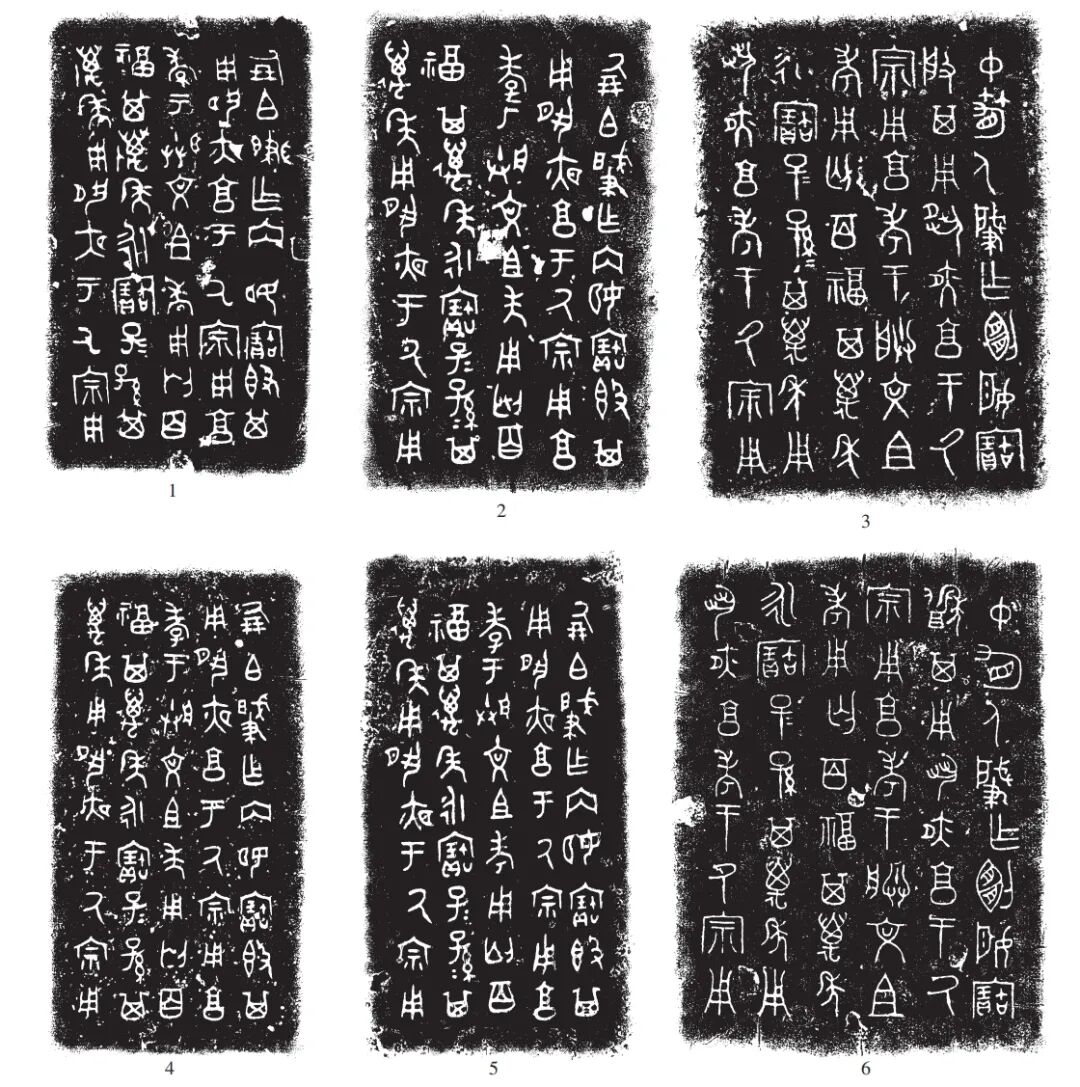
Bronze inscription rubbings: 1. Inside the lid of a gui (M1006:66); 2. Inside the bottom of a gui (M1006:66); 3. Inside the bottom of a pan (M1006:20); 4. Inside the lid of a gui (M1006:122); 5. Inside the bottom of a gui (M1006:122); 6. Inside the lid of a he (M1006:21); (all 1/2)
In addition, the inscription on the bronze pot (M1006:145) may be related to the inscriptions on the bronze tripod (M1006:21) and the bronze plate (M1006:20). "倗公仲" and "Zhong筍人" are of the same generation, and the bronze ware is of similar age. The two are suspected to be the same person, which provides new clues for sorting out the lineage of the royal family of the State of 倗.
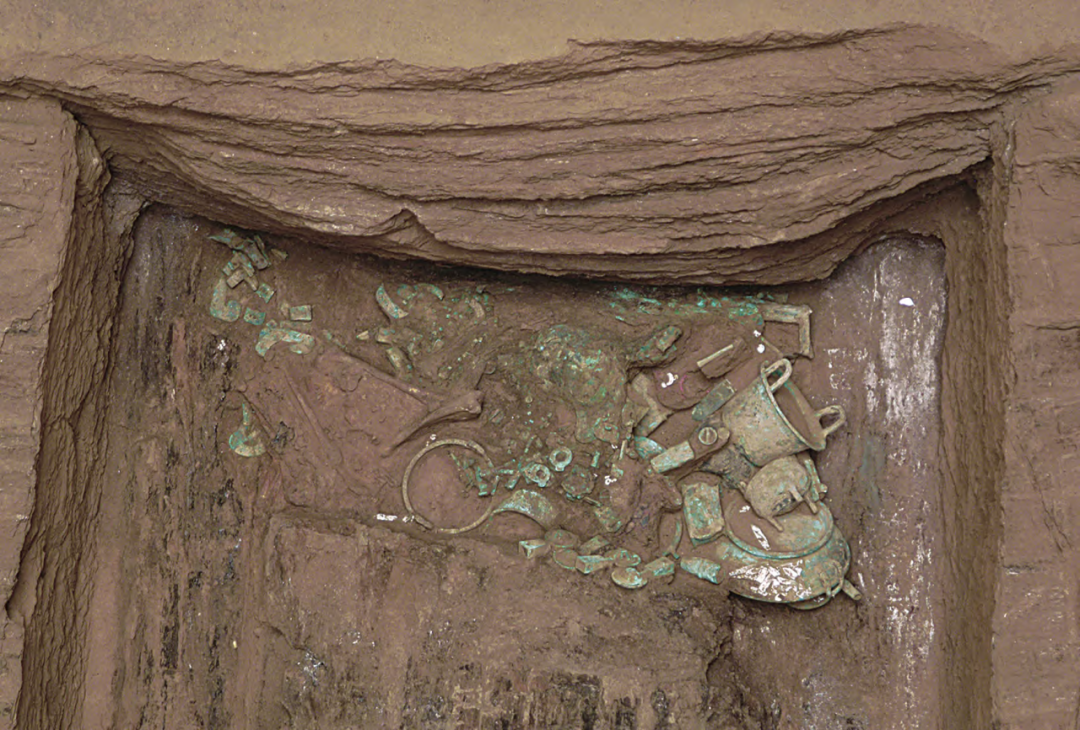
Unearthed objects from the coffin chamber M1006 (west on top)

Cemetery location map
The State of Bi, a vassal state of the Western Zhou Dynasty 3,000 years ago, was lost in history, only to be rediscovered by archaeologists. Its discovery reminds us that history always has untold chapters waiting to be uncovered. As archaeological work deepens, we will undoubtedly gain a deeper understanding of the role this mysterious ancient state played in Western Zhou history.
(The archaeological data and images in this article are compiled from the article "Discovery: Excavation Data of Western Zhou Cemetery M1006 in Hengshui, Jiangxian County, Shanxi Province Revealed! The tomb dates back to the late middle period of the Western Zhou Dynasty, and the tomb owner is believed to be a monarch of the state of Bi" by the Shanxi Provincial Institute of Archaeology.)